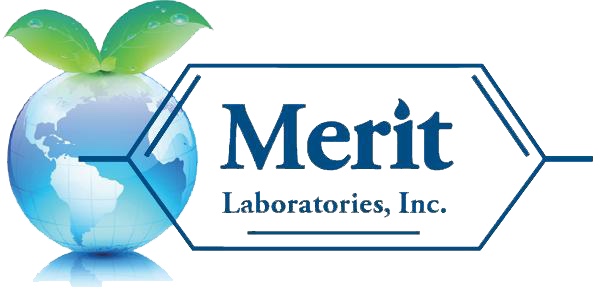Oil refineries and petrochemical plants that fall under the Petroleum Refinery Sector are required to monitor air emissions at their property boundary. The boundary emission monitoring requirement, referred to as fenceline monitoring, is based upon U.S. EPA rules that became effective in 2016, as updates to 40 CFR Part 60 and 40 CFR Part 63.
The rules establish that oil refineries and petrochemical plants continuously monitor for benzene for 14-day periods at fenceline locations. Benzene is the representative compound used to measure overall emissions from refineries in the United States. The U.S. EPA requires refineries to collect and analyze air samples at the fenceline for low-level monitoring of benzene. Typically, samples are collected on sorbent tubes as passive samples and submitted to the laboratory for testing every 14 days. Samples are analyzed using EPA Method 325B, a thermal desorption GC-MS method.
Under this rule, the EPA established an action level for fenceline monitoring results, which is 9 ug/m3 for benzene, measured as a rolling annual average. A refinery is required to take corrective action if monitored fenceline emissions exceed the action level. While benzene is often the representative compound, some refineries have site-specific requirements to include other volatile organic compounds (VOCs) for the fenceline monitoring. The rule requires continuous monitoring of benzene concentrations at the fenceline of refinery facilities to ensure the appropriate management of toxic emissions from fugitive sources such as leaking equipment and wastewater treatment.
Refineries began reporting data to the U.S. EPA Compliance and Emissions Data Reporting Interface (CEDRI) in 2019. Refineries are required to report data on a quarterly basis to CEDRI. The rolling annual average is calculated using the most recent 26 compliance sampling events.
As a national leader in environmental testing, Merit Laboratories performs laboratory testing to support air projects, including supporting fenceline monitoring programs using EPA Method 325B. The laboratory maintains a large stock of sample collection media to support air projects, including sorbent tubes, bottle vacs, canisters, flow controllers and helium shrouds. Contact Merit Laboratories to learn more about how we can support your air project testing needs.

